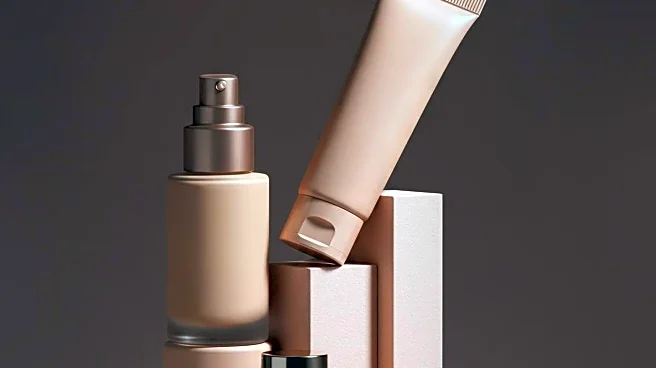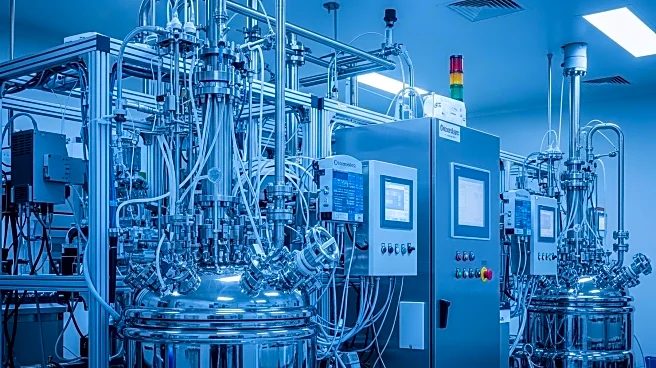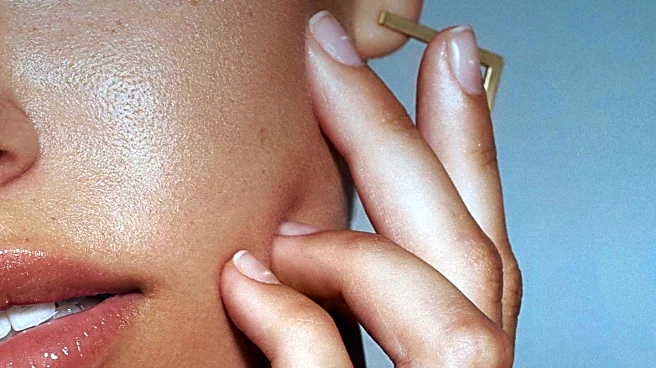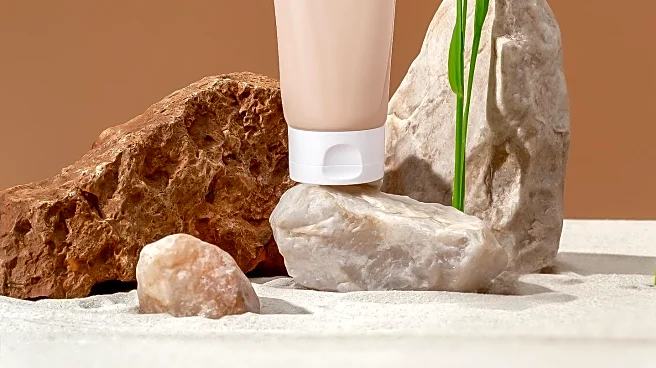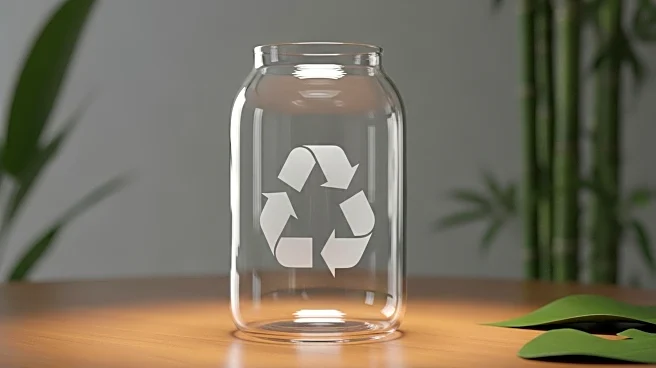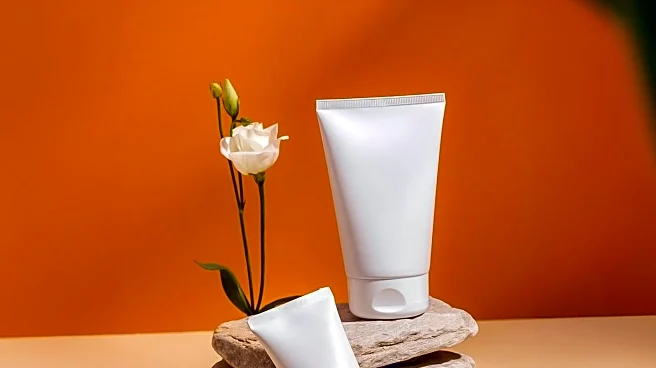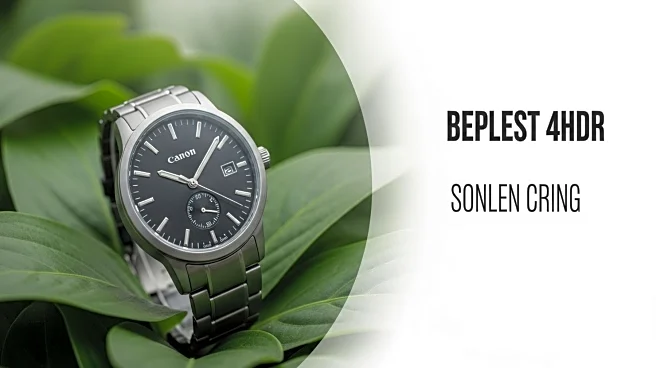What is the story about?
What's Happening?
The beauty packaging industry is under increasing pressure to adopt sustainable practices due to growing consumer demand, regulatory requirements, and environmental concerns. Many consumers, particularly younger demographics, are seeking eco-friendly packaging options. However, the transition to sustainable packaging presents several challenges. Formulation compatibility is a significant issue, as creams, serums, and oils require protection from air, light, and moisture, which many sustainable materials currently struggle to provide. Additionally, manufacturing challenges arise because sustainable materials like molded fiber or bio-based plastics often require modifications to existing production lines, which can be costly and disruptive. Aesthetic considerations also play a crucial role, as packaging is a key point of consumer contact and must maintain brand identity. Despite these hurdles, beauty brands are encouraged to start small by piloting products with refillable, recyclable, or compostable options and to work closely with suppliers and stakeholders to explore feasible solutions.
Why It's Important?
The shift towards sustainable packaging in the beauty industry is significant as it reflects broader societal and environmental trends. As consumers become more environmentally conscious, brands that fail to adapt may lose market share to competitors who prioritize sustainability. The regulatory landscape is also evolving, with increasing plastic tax liabilities and compliance requirements, which could impact the financial performance of companies that do not transition. Moreover, sustainable packaging can enhance brand reputation and consumer loyalty, offering a competitive advantage. However, the higher upfront costs associated with sustainable materials may deter some companies, especially if consumers are unwilling to pay a premium for eco-friendly options. Thus, the industry's ability to innovate and collaborate effectively will be crucial in overcoming these challenges and achieving long-term sustainability goals.
What's Next?
Beauty brands are likely to continue exploring innovative materials and technologies to overcome the current limitations of sustainable packaging. Collaboration with suppliers and stakeholders will be essential to develop solutions that are both effective and economically viable. As more brands pilot sustainable packaging options, consumer feedback will play a critical role in shaping future strategies. Additionally, regulatory developments may further incentivize or mandate the adoption of sustainable practices, prompting companies to accelerate their efforts. The industry may also see increased investment in research and development to create materials that meet both functional and aesthetic requirements. Overall, the journey towards sustainable beauty packaging is expected to be gradual, with incremental progress driven by consumer demand, regulatory pressures, and technological advancements.
Beyond the Headlines
The transition to sustainable packaging in the beauty industry also raises ethical and cultural considerations. As brands strive to meet consumer expectations for sustainability, they must balance these demands with the need to maintain product efficacy and safety. The cultural shift towards sustainability reflects a growing awareness of environmental issues and a desire for more responsible consumption. This trend may influence other sectors, encouraging a broader movement towards sustainable practices across industries. Additionally, the emphasis on transparency and storytelling in sustainability efforts highlights the importance of building trust with consumers. By clearly communicating their sustainability journey, brands can foster stronger relationships with their audience and contribute to a more informed and engaged consumer base.
AI Generated Content
Do you find this article useful?


